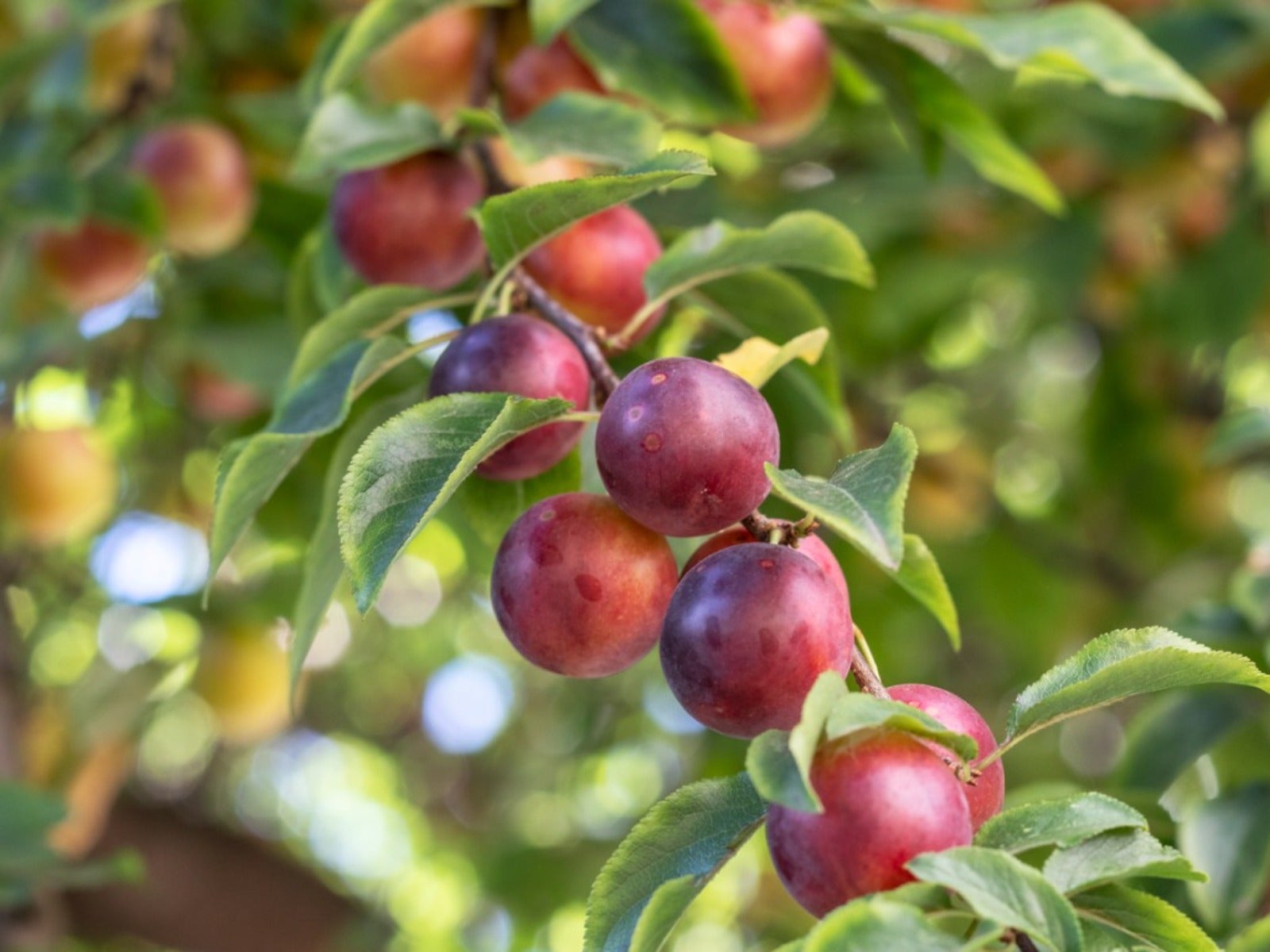Growing Fruit Trees in Montana And The Northern Rockies


States of the U.S. in the west north central region tend to have cold winters and medium to hot summers. Such conditions provide an adequate number of chilling days to promote fruit production. While the weather conditions are similar, there are some fluctuations. Nonetheless, the best fruit trees to grow in South Dakota will be the same recommendations for Montana fruit trees. The severity of the cold temperatures may require special protections like frost fabric in early spring, or painted trunks to prevent winter scald.
Spring is the best time to plant fruit trees that grow in Montana and other cold winter regions. The Great Plains and Northern Rockies are host to pears, plums, and other fruits with high chilling requirements. Plants like apricots may also thrive, but because they bloom early, frost protection is often necessary. Pomes like apples and pears are favorites in the regions due to their ability to withstand cold and light frost. Cherries, both sweet and tart, will also be ideal selections for the garden.
Before Selecting Trees
Reputable nurseries will sell plants that are hardy to the region. This is the first concern when choosing a fruit tree. The second is the site. Perform a soil test to ascertain the soil pH and nutrient levels and amend the area prior to planting as necessary. Most fruit trees prefer a pH of 6.0 to 7.7. Ensure the area has adequate run off and will not have standing water pooling, which could cause root rot and fungal disease. The areas should be free of frost pockets where cold air collects, and have a sunny exposure, either southern or western. Some wind barrier is preferable, especially to prevent northern winds from damaging the tree. In rural and even some urban settings, a tall fence is needed to keep grazing animals from injuring the tree.
Types of Fruit Trees Nebraska and Other North Central Locations
Due to the often extreme winters, many believe fruit trees do not grow well in these states. There is a long history, however, of orchards growing in the region. Ensure the rootstock on the tree is hardy. For instance, quince rootstock is not hardy for South Dakota. Many pears, apples, cherries, plums, and apricots are ideal for these states. Nectarines and peaches, though, may be short lived and must be planted in very protected sites. For best results the rootstock should be hardy to USDA zones 4 and 5. The rootstock on the tree selected should also have resistance to common diseases and pests of the area, does not sucker, and produces high yields. Additionally, many fruit trees need a pollinating partner in order to set fruit.
Fruit Trees for the West North Central United States
Fruit trees that grow in North Dakota will also perform well in most of the region. Pay close attention to things like microclimate. Just because the USDA hardiness range indicates the state is a 5 doesn’t mean there are not areas of 4 or even 3. In general, some good varieties are:
Pears
- Golden Spice
- Parker
- Honeycrisp
- Frostbite
- Snowsweet
Apples
- Wealthy
- Carrol
- Duchess
- Oldenburg
- Goodland
Plums
- Red Diamond
- Compass
- Sapalta
- Black Ice
- Superior
Cherries
- Northstar
- Meteor
Apricots
- Moongold
- Sungold
Asian Pears
Sign up for the Gardening Know How newsletter today and receive a free copy of our e-book "How to Grow Delicious Tomatoes".

Bonnie Grant is a professional landscaper with a Certification in Urban Gardening. She has been gardening and writing for 15 years. A former professional chef, she has a passion for edible landscaping.